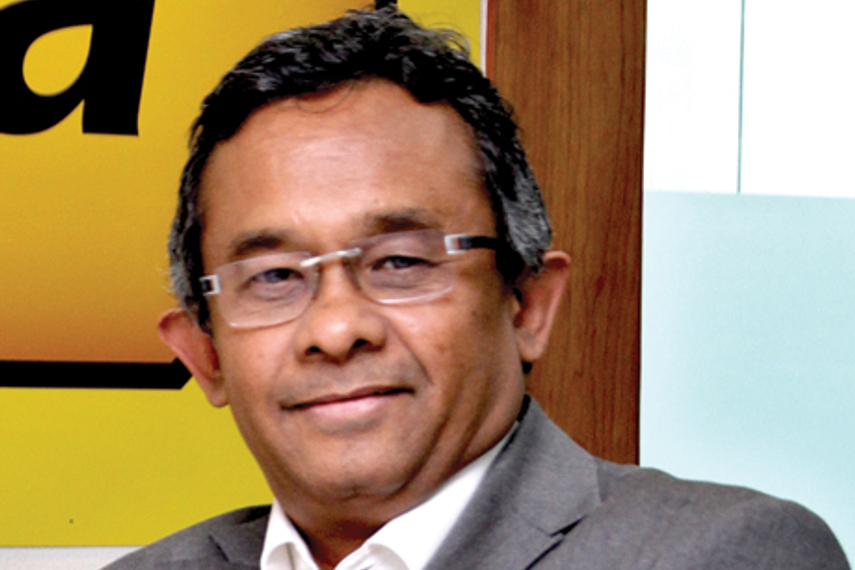
Please sign in or register
Existing users sign in here
Having trouble signing in?
Contact Customer Support at
[email protected]
or call+91 022 69047500
Shashi Shankar, CMO, Idea Cellular tells Pritha Mitra Dasgupta how branding in cellular services has moved from network promises and tariff innovations, to what the brand stands for

Contact Customer Support at
[email protected]
or call+91 022 69047500
Top news, insights and analysis every weekday
Sign up for Campaign Bulletins
Aims to help brands deliver 3x consumer engagement for their IPL ad campaigns.
Creator journalists and UGC are starting to draw more attention from advertisers wary of potentially distressing content on news brands.
Wren was speaking at the Q1 earnings call and expects to close the IPG acquisition in H2 2025.
Brands that get the human-AI bot balance right will are better poised to address consumer issues faster and earn lasting trust, says HAWK Gozoop Group's COO.